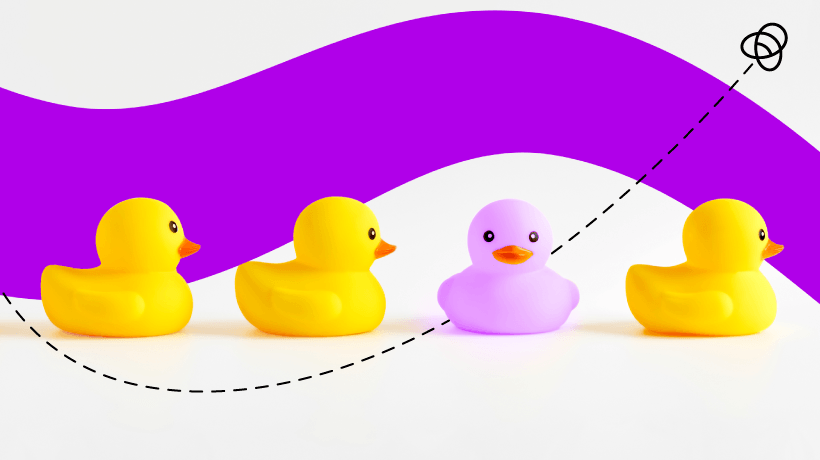Identifying Your Ideal Customer To Make Your Online Courses Sales-Ready
Just like in every marketing campaign, the first step you need to take is identifying your ideal customer. This means that you will need to get as much information for your chosen ‘target audience’ as possible. Doing so should help you associate their needs with your services and products, thus increasing the chances of making a sale.
Who Is Your Ideal Customer?
An ideal customer is someone who takes exactly what you offer and in the way you offer it. The target audience varies depending on your business needs and what stage you are in e.g. early or development stage. So when setting up your eLearning academy, your customers are essentially ‘your students’. As such in order to get down to more specifics, it might be a good idea to determine who this ‘ideal student’ is.
Going through this process can ultimately help you do the following:
- Improve quality: You will do a better job in creating a quality course that is going to get students results.
- Sell more courses: When you know who your ideal student is, you can address their needs and also perform better in your marketing promotions and sales pages.
When Creating Your Ideal Customer/Student
When working on your ideal customer/student profile, it’s best to do it in such a detail where you would be able to visualize them. This is particularly important when designing your promotions and sales pages, because the more tailored these are to their needs, the more response you are going to get. If it helps, think of your ideal student as your co-course creator. This way, it helps to imagine as if you are working with them whilst working on the course you intend to provide them.
Focusing on the following five areas can help you identify your ideal customer’s profile for your unique course:
- Goals and values
- Challenges
- Demographics
- Objections
- Other information
In order to get to know who your ideal customers are and eventually reach out to them, you will also need to take into consideration the following:
- Know What You Are Offering
To be more effective, you will need to have expert knowledge of what your business does and how can it help the customer. Try getting in your customer’s shoes to understand their own needs and perspective. - Define Your Goals
You can’t get anywhere without some concrete goals in place. Setting clear targets can help you adjust your marketing strategies so that you reach to outcomes you want to achieve. - Consult Previous Customer Interactions
Look back to what you did right or wrong in the past or those things that didn’t go as planned, and be prepared to improve your strategy in order to match with your customers’ needs the best. - Build A Customer Persona
Coming up with a customer profile can help you anticipate your customers’ needs and gain a useful insight into what there is to know about them.
How To Build A Customer Persona
Building a customer persona is quite simple. All you need to do is gather information about your customers or your target audience in general through research, surveys and/or interviews.
To help you out, here a couple of ways you can collect this information:
- Check Your Contacts Database
Go ‘behind the scenes’ to find out how your customers are finding and using what you have to offer. - Make Appropriate Use Of Surveys
Make sure that when using surveys (like Google forms), you ask for particular important persona information depending on the variables that make your customer personas vary. - Consult Your Leads Feedback
Make generalizations for your customers by drawing conclusions from your leads feedback (e.g. How big is this operation, what is this industry about, for whom does that customer work for?)
Try the in-person, phone or e-mail approach: you can interview prospects and customers to find out more about their needs and how your courses and services appeal to these needs.
Conducting research for your customer personas can offer your business great insight into what can make it more profitable. In regards to what you are already offering, a market research can help you distinguish the material and services that can satisfy your customers’ needs and the ones that cannot.
There are many types of market research you can choose, some of which are: the primary research (gathering data from your current sales and practices) collected with interviews, surveys, questionnaires, and focus groups, and secondary research (analyzing data gathered from primary research that are already published so as to distinguish your competitors and the people who are part of your target demographic pattern).
The data collected can be acquired through either quantitative (mathematical analysis that gives statistical results) or qualitative (insights for problems arisen or for developing ideas or hypotheses upon quantitative results) data collection.
If you want to learn more about how to make your online courses sales-ready, download the eBook The Ultimate Guide To Selling Online Courses.








